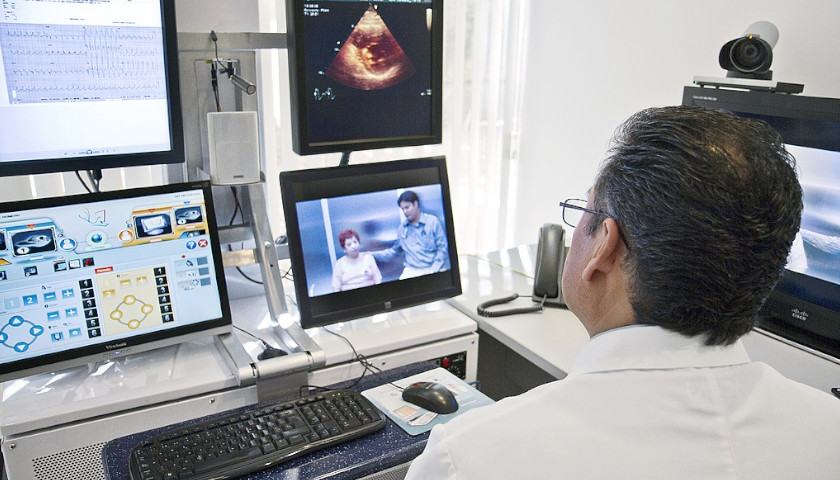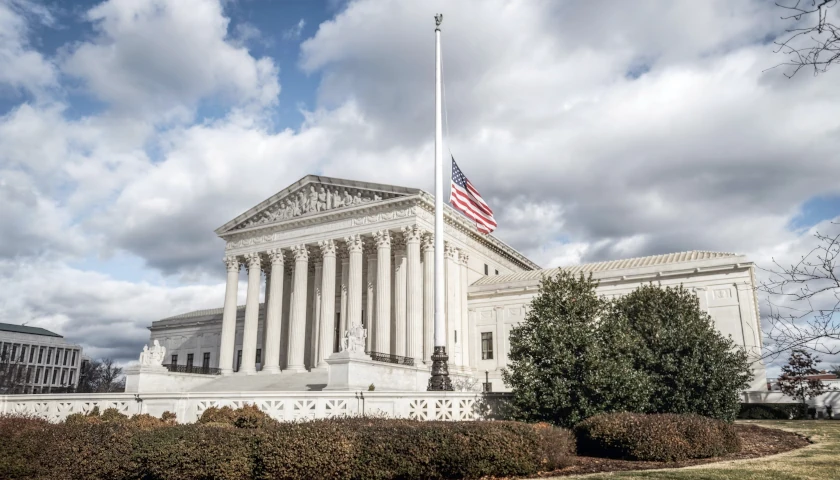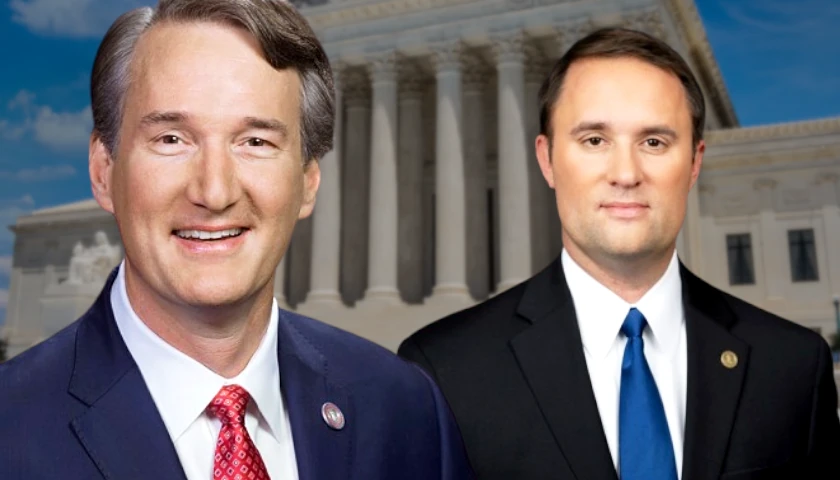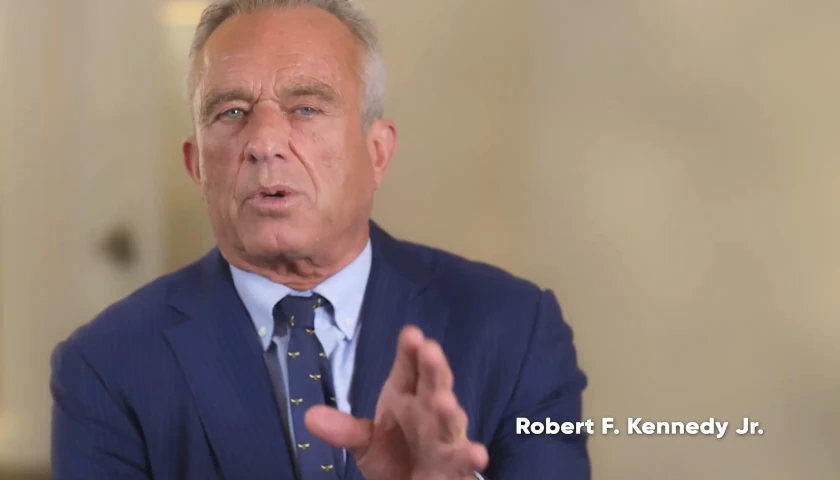by Megan Bailey and Helder Toste
Telehealth has become a health care gamechanger for tens of millions of Americans.
We all know the time and effort an in-person health visit takes – travel to the appointment, time off work, hours spent in an office, follow ups that require us to do the whole process over again. But telehealth expansion in the post-COVID world has changed everything.
Telehealth is now an essential element in our health care system, ensuring that patients can see a doctor of their choice on their terms and in the way that best serves their needs, no matter who they are or where they live.
Congress has seen the value in lowering the barriers to telehealth too, extending regulatory flexibility for telehealth in 2022 and supporting telehealth services for more than 60 million patients.
But that flexibility will end this year unless Congress acts.
Lawmakers should jump at the chance to make telehealth a permanent part of our health care system with solutions that include removing geographic restrictions, expanding the sites that can offer telehealth, removing barriers for those with limited English proficiency, and enabling medical providers to take advantage of telehealth as an option.
It’s not just that telehealth is an innovative option, sometimes it’s the best or only option.
About 60 million Americans live in rural areas where it is often more challenging to access health care. One in five rural Americans lack access to care specialists despite there being a greater probability that they have chronic illnesses compared with those in urban or suburban areas. And 30 percent of Americans in rural areas must travel more than a half hour to find a provider for specialty care.
That population is diverse. Hispanics are the largest minority population in rural America. But fewer than one-third of Hispanics suffering with mental illness receive treatment.
But eased telehealth restrictions have helped Hispanics along with lower-income communities, the two groups with the largest percentage increase in use of telehealth.
Seniors have benefited, too. Before the pandemic, about 13,000 Medicare beneficiaries per week took advantage of telehealth services. Five weeks after the emergency declaration, that number had soared to 1.7 million.
To put it simply, telehealth saves lives. Letting expanded access expire will cost lives.
The post-pandemic expansion of telehealth played a vital role in promoting access to all sorts of care, from cancer specialists to mental health services.
Mental health services specifically have blossomed with telehealth expansion, as almost 60 percent of psychiatric services are now provided via telehealth. But those services are among the most at risk of disappearing.
Three years on from the pandemic, more than 30 percent of adults in the United States reported symptoms consistent with depression or anxiety. But one in five aren’t getting the care they need, and lack of access is a big part of the problem. Eliminating options is a risk we shouldn’t be willing to take.
Ensuring these communities – rural, Hispanic, lower-income, those in need of mental health care, the elderly, those with mobility issues – and all Americans have continued access to the telehealth benefits they’re using and enjoying isn’t just good for patients. It’s good for the industry to keep innovating better ways to deliver care.
Creating certainty in the telehealth field by making the pandemic-era changes permanent would strengthen the U.S. health care workforce by enabling far more clinicians to provide telehealth services. It would also facilitate investment in virtual staffing that address persistent workforce shortages while maintaining high quality care.
And clear guidance from Washington would give investors the confidence to take a chance on new technology and infrastructure to expand telehealth even more, including for smaller providers serving the rural and underserved.
All these telehealth measures enjoy wide bipartisan support and Congress is poised to vote on the issue. It’s a rare opportunity for lawmakers of both parties to join with the president to accomplish something significant for the American people. And it’s a wise opportunity to make telehealth permanent now before summer recess, elections, and the end of year scramble to keep the expansion from expiring.
Americans from every walk of life are making it clear they want telehealth to stay. Congress should act now to guarantee telehealth services are available to every American who needs them.
– – –
Megan Bailey is federal affairs liaison at Americans for Prosperity. Helder Toste is federal affairs liaison at the LIBRE Initiative.
Photo “Telemedicine” by Intel Free Press. CC BY-SA 2.0.








